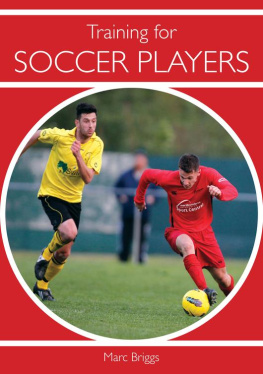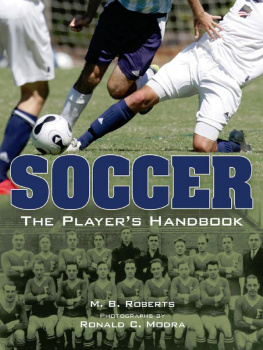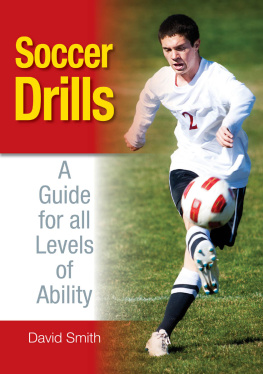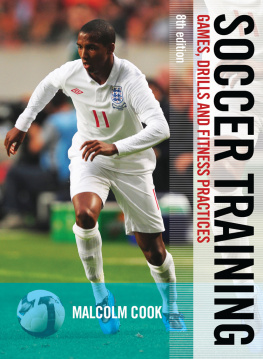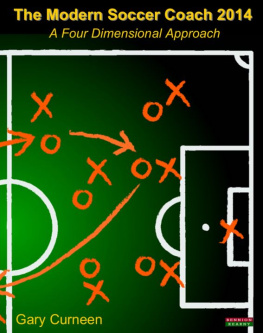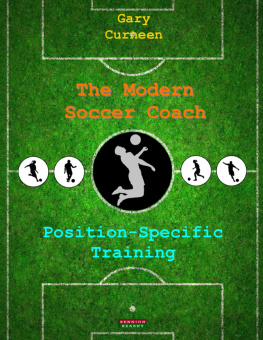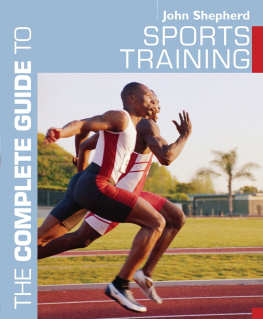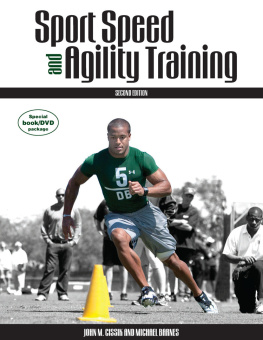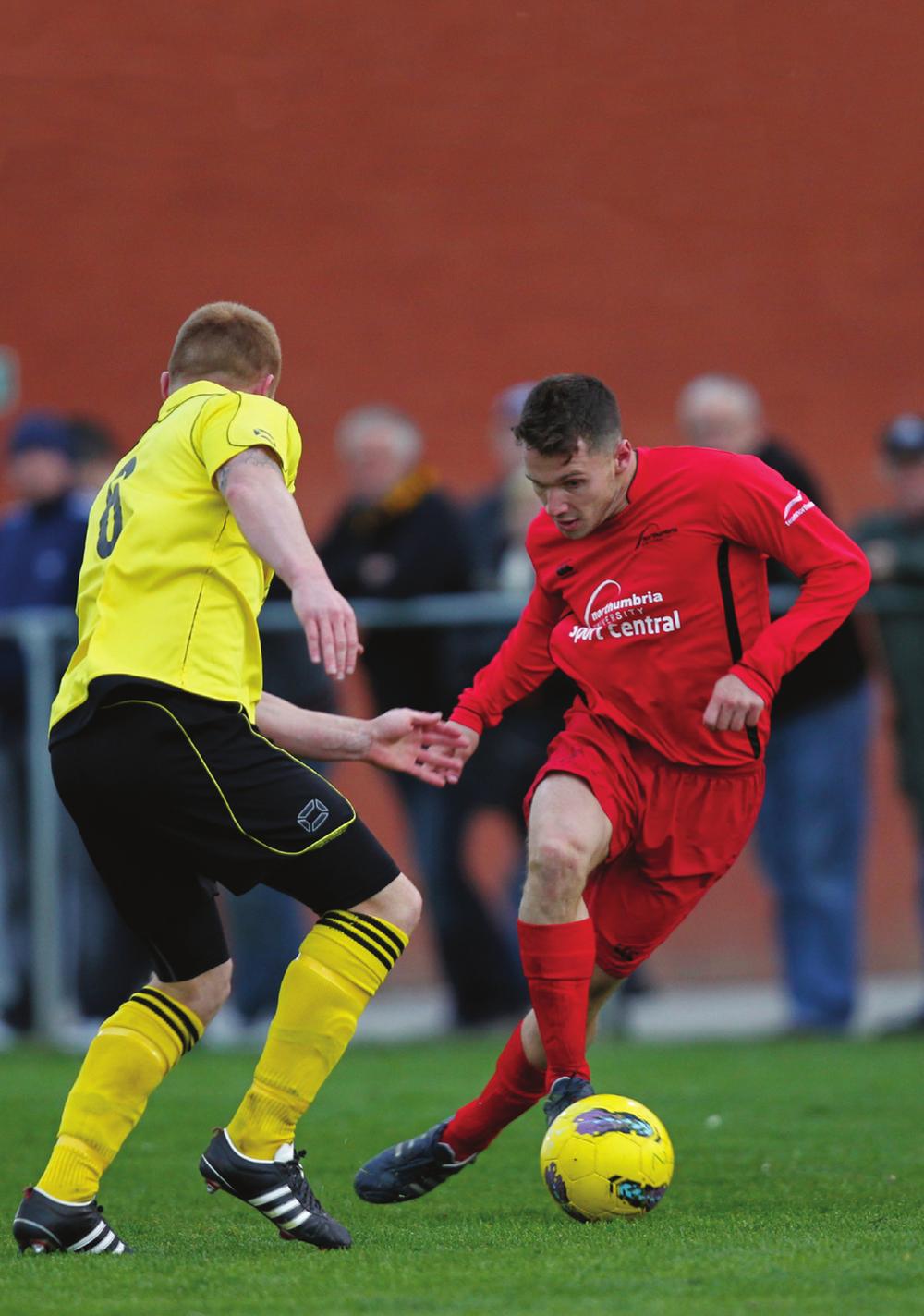Soccer is one the worlds most popular forms of sport, being played in every nation, from grassroots to lite level. Training for soccer, for all abilities, is therefore an essential area, and one which has seen a significant amount of development over recent years. Soccer training can be adapted to meet the demands of players of all abilities, whether their goal is to improve their general fitness so they can enjoy the game at a recreational level, or to succeed at the highest level. Regardless of individual circumstances, all training programmes should be underpinned by a strategic theoretical framework with an understanding and appreciation of how the body functions in order for the training to have effective adaptations. Furthermore, training needs to be structured to coincide with the physiological demands associated with soccer, to ensure that training programmes are relevant and specific to the context of soccer, which will allow greater improvements in performance.
It is imperative that all practitioners are aware of soccer training principles so they can incorporate an effective intervention when necessary to suit the individual needs of the player. There is no universal magic formula for enhancing performance; however, acquiring knowledge in relation to the adaptation process associated with the various forms of training is an essential prerequisite to developing effective training programmes that ultimately will improve soccer performance.
This book outlines the functions and mechanics of the human body, and how this directly relates to the physical demands of soccer. Specific training methodology will also be addressed in relation to aerobic and anaerobic training. The principles of programme design will be discussed, as well as guidelines on designing a training programme for all abilities. Means of fitness testing will also be investigated to ensure that practitioners can monitor and evaluate training programmes. Finally, effective nutritional strategies will be outlined, as this is an essential area that can influence the ability of athletes to train and perform.
Although it may not be necessary for a soccer player or coach to possess a comprehensive knowledge of sport and exercise physiology, it is, however, important to understand the basic principles in order to fully appreciate why certain training programmes are prescribed, and the need to incorporate a structured approach to programme design. Understanding the mechanics of the human body will enable the coach to devise individual training programmes for him or herself or the players he or she coaches, which will ultimately reduce the risk of injury and maximize performance benefits. This chapter will investigate the function of the human body in relation to bones, joints and muscles, as well as providing an overview of the energy systems the body utilizes during soccer performance.
The Human Skeleton
The human skeleton is comprised of 206 bones, which serve as a framework for the body. Once it is fully developed, the adult skeleton equates to approximately 30 to 40 per cent of the total bodyweight. Although the skeleton is imperative to everyday life, it does not work in isolation and is supported and supplemented by muscles, ligaments, tendons and cartilage. It is important to understand the function and structure of the skeleton in relation to developing technique and fitness in a training programme, especially when working with young athletes, and athletes returning to training after suffering serious injury to bones.
The skeleton has five basic functions: support, protection, movement, the production of blood cells, and the storage of minerals.
Support: The skeleton is the bodys framework and supports softer tissues as well as providing points of attachments for the majority of skeletal muscle.
Protection: The framework of the skeleton provides protection for many of the bodys internal organs, to prevent injury to these. For example the ribs or thorax protect the heart and lungs.
Movement: The bones, joints and skeletal muscles work in partnership to enable the body to move effectively when the associated skeletal muscles contract. This allows different parts of the body to operate in the necessary precise movement patterns associated with soccer performance.
The production of blood cells: The red bone marrow contained within some of the larger bones produces red blood cells, which are responsible for the transport of oxygen around the body. The red bone marrow also produces white blood cells, which are integral to the bodys immune system and defence against infection.
The storage of minerals: Bones can store several minerals, most importantly calcium and phosphorous. When the body detects a deficiency in these minerals, bones release these minerals into the blood to rectify the imbalance. However, it is important not to become over-reliant on this source, as calcium taken from the bones can result in their becoming more brittle.
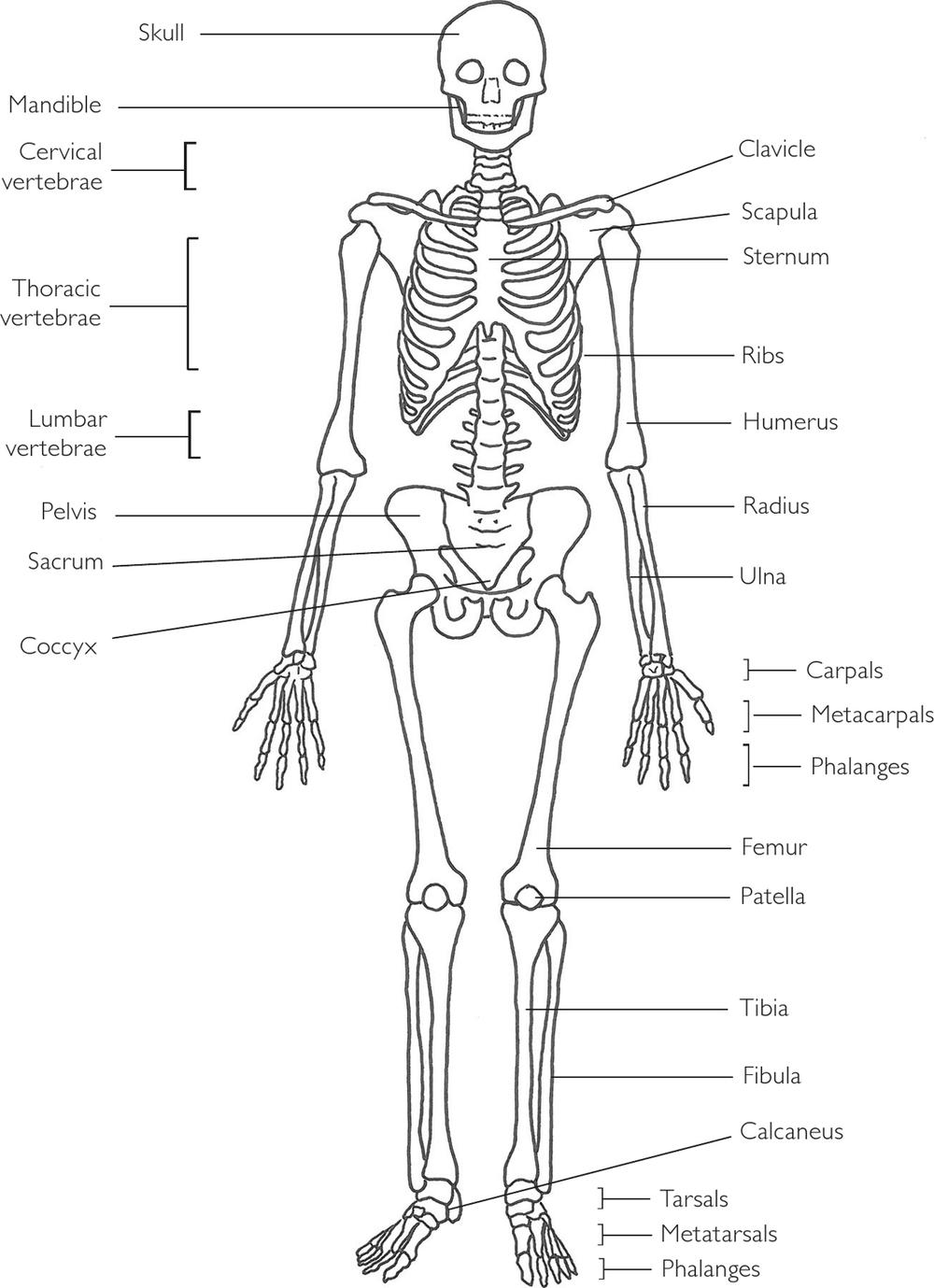
Fig. 1 The human skeleton.
Types of Bones
Bones are classified into five different types, usually according to their shape long, short, flat, irregular and sesamoid.
Long bones: These are the larger bones of the body, such as the femur, humerus and tibia: they act as effective levers for movement.
Short bones: These are small bones but they are extremely strong, providing support and stability with little movement. They are well adapted to resist compression forces. Examples include the carpals and tarsals.
Flat bones: These are strong, flat plates of bone, their major function being the protection of vital organs. Flat bones are often fused together by cartilage for additional strength for example the skull and the ribs. When fully formed in adulthood, flat bones are predominantly responsible for the production of red blood cells.

